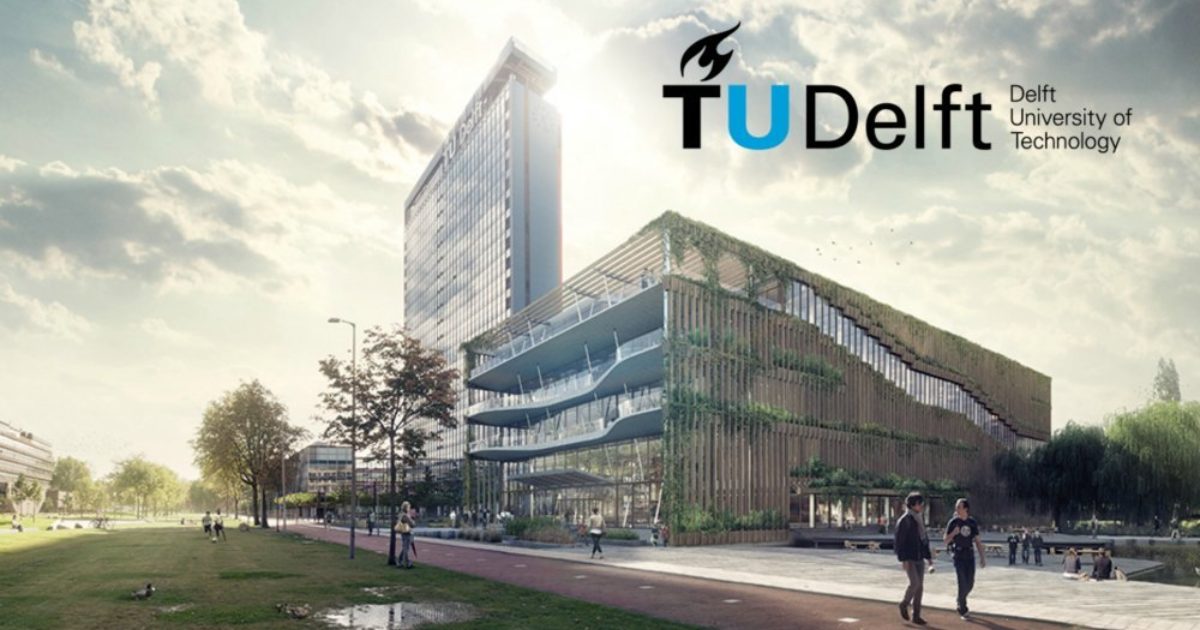Green Steel Program Receives Final Approval, Officially Commencing its Implementation
Steel production accounts for 7% of global CO2 emissions. That should and could be more sustainable. That is why 31 parties, both research institutes and industry, are joining forces to develop a new set of technologies based on hydrogen, renewable energy and circular iron and steel processing. The ultimate goal is a CO2-neutral steel sector by 2050.
New production process
The programme focuses on transforming the entire steel cycle in the Netherlands. It studies, among other things, how hydrogen and more recycling can be used to make greener steel, but also how the new processes can produce high-quality steel. Because all these adjustments in steel production affect the final product. Changes in chemical composition give the steel different properties, such as strength and corrosion resistance. This means that green steel will have an effect not only on steel production companies, but on the entire steel processing industry, from wind turbines to drinking cans, and thus on society.
From the Faculty of Mechanical Engineering, the Materials Science and Engineering (MSE) department in particular has a strong presence in this programme. With unique expertise in the metallurgy of steel, the commitment of the MSE department is crucial, especially for the primary production and recycling of steel (Dr Yongxiang Yang, Dr Neslihan Dogan) and the optimisation of microstructures (Prof Maria Santofimia, Dr Erik Offerman). The new technologies and the science behind them will also be incorporated into the Master Materials Science and Engineering.
Climate goals
The eight-year programme has a total budget of almost 130 million euros, of which €100 million comes from the National Growth Fund. Besides providing the necessary funding, the programme aims at a coordinated and accelerated steel transition, which is necessary to meet Dutch and European climate goals for 2030 and 2050.

